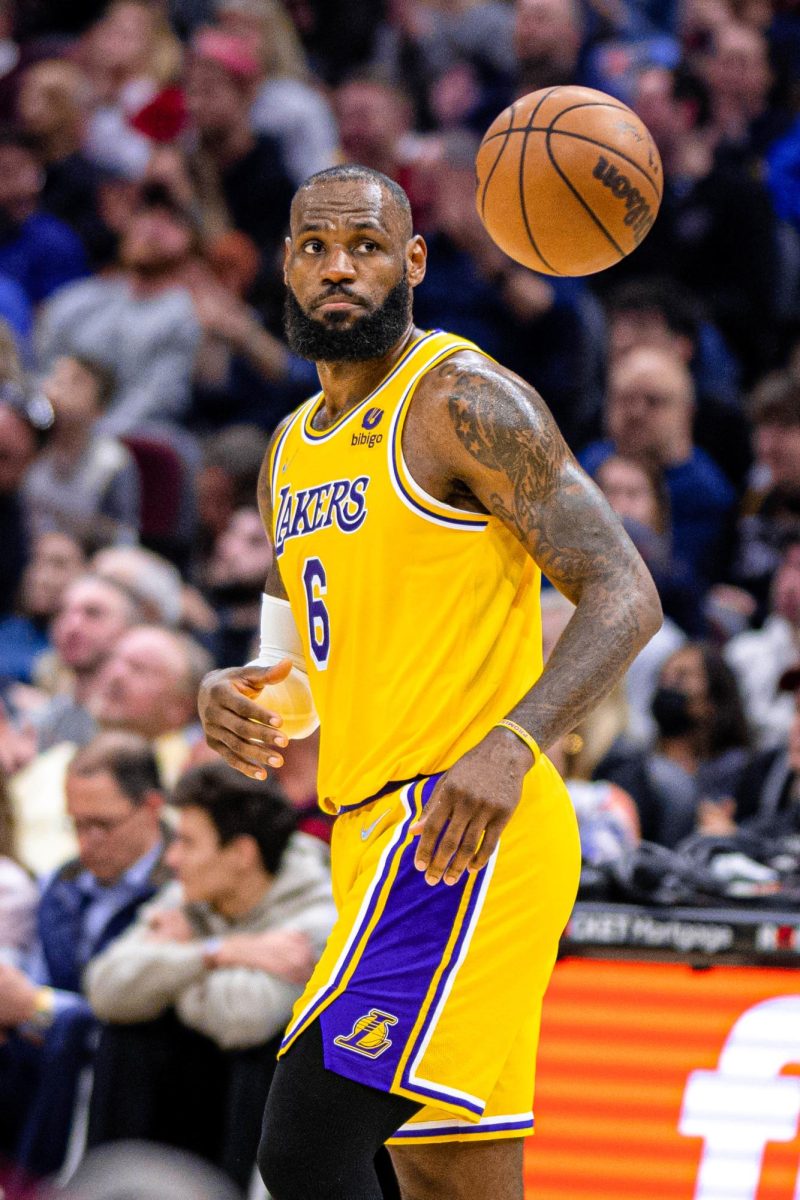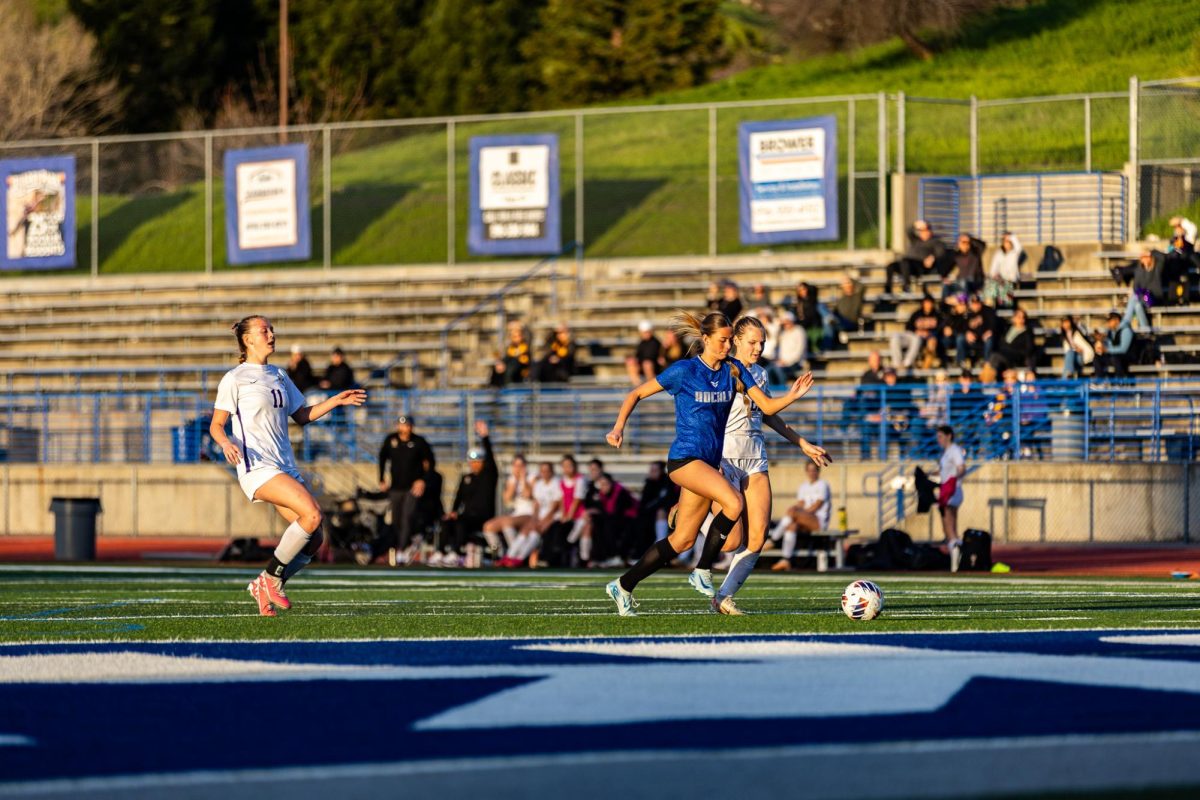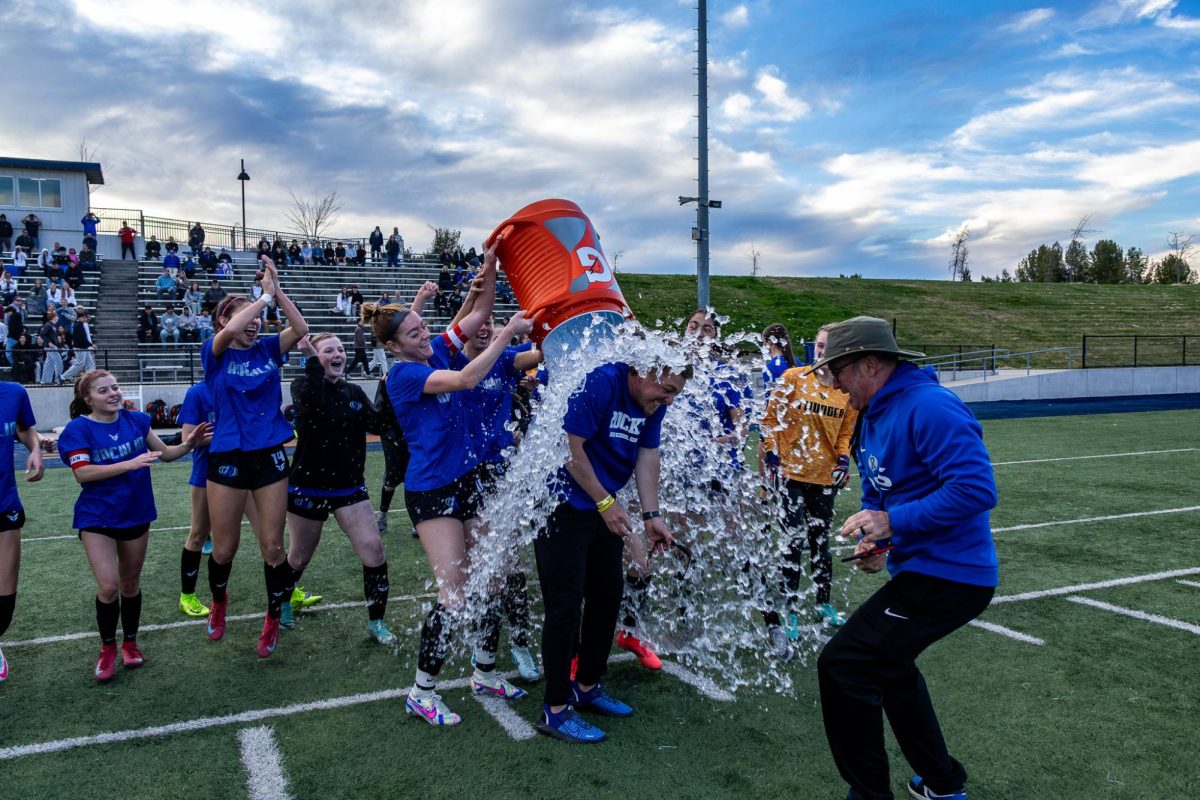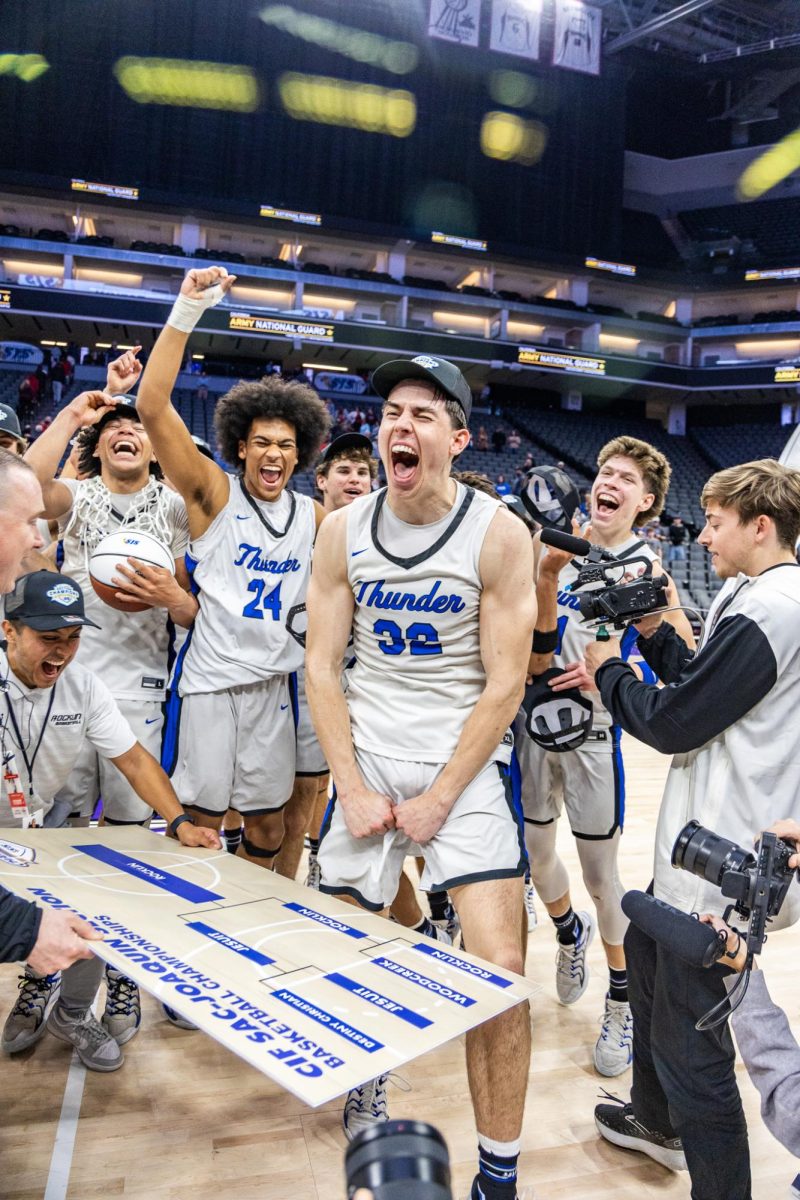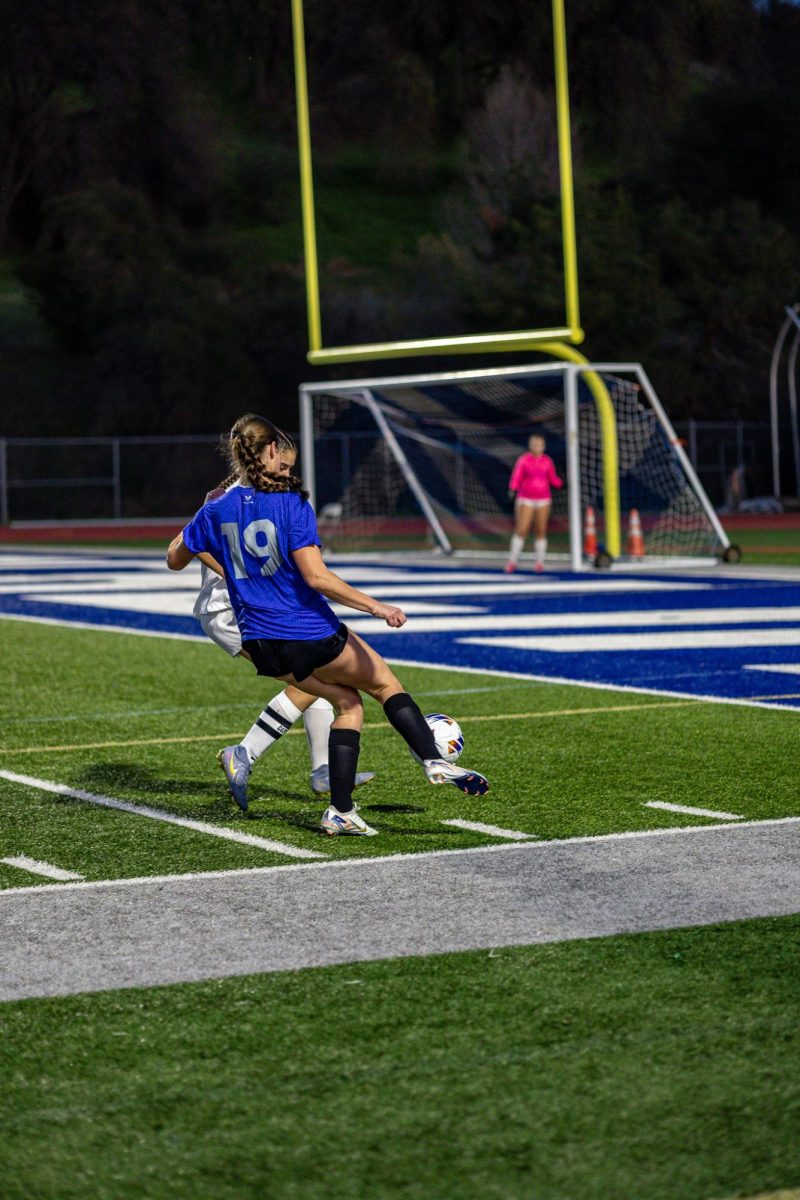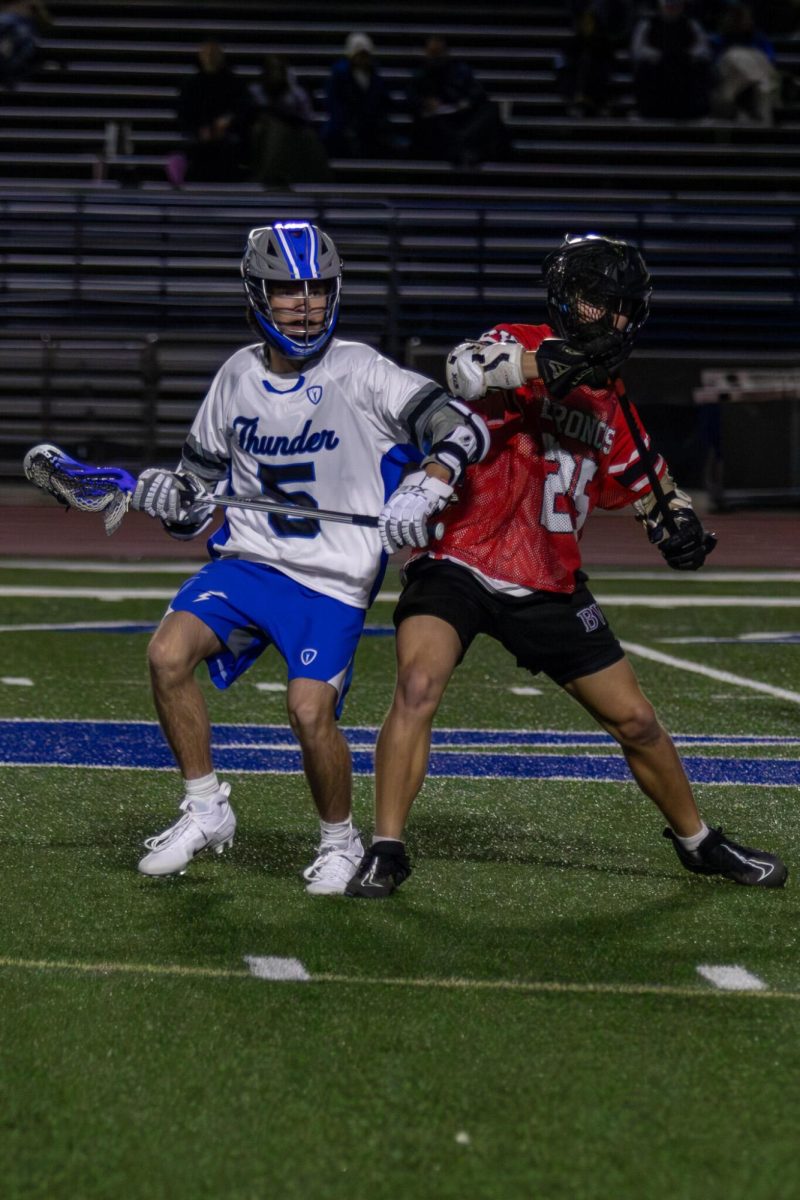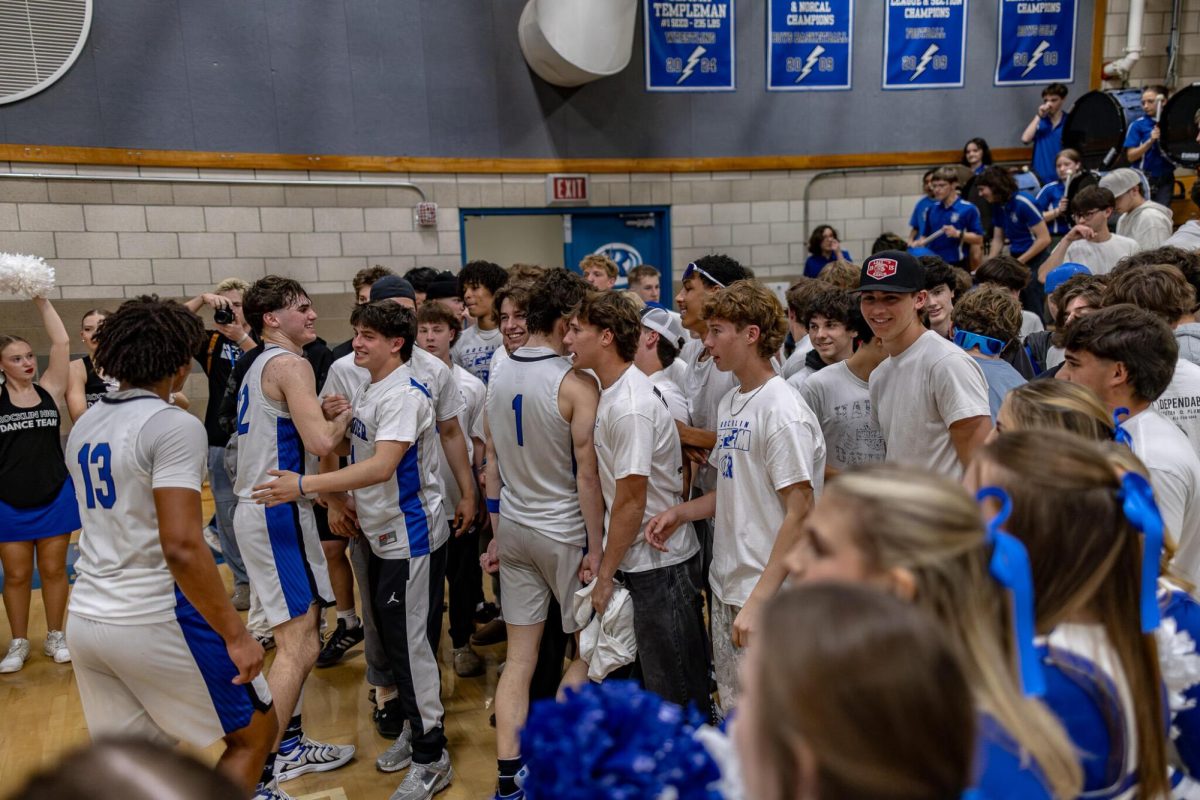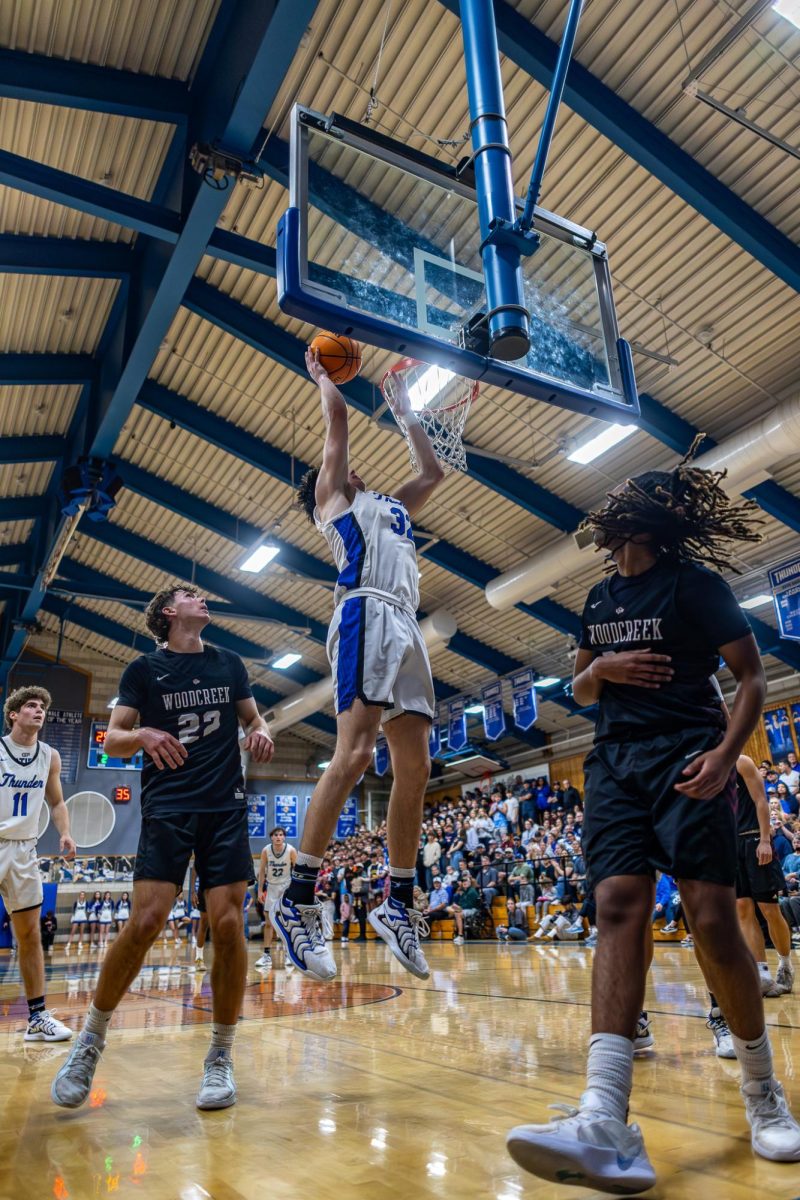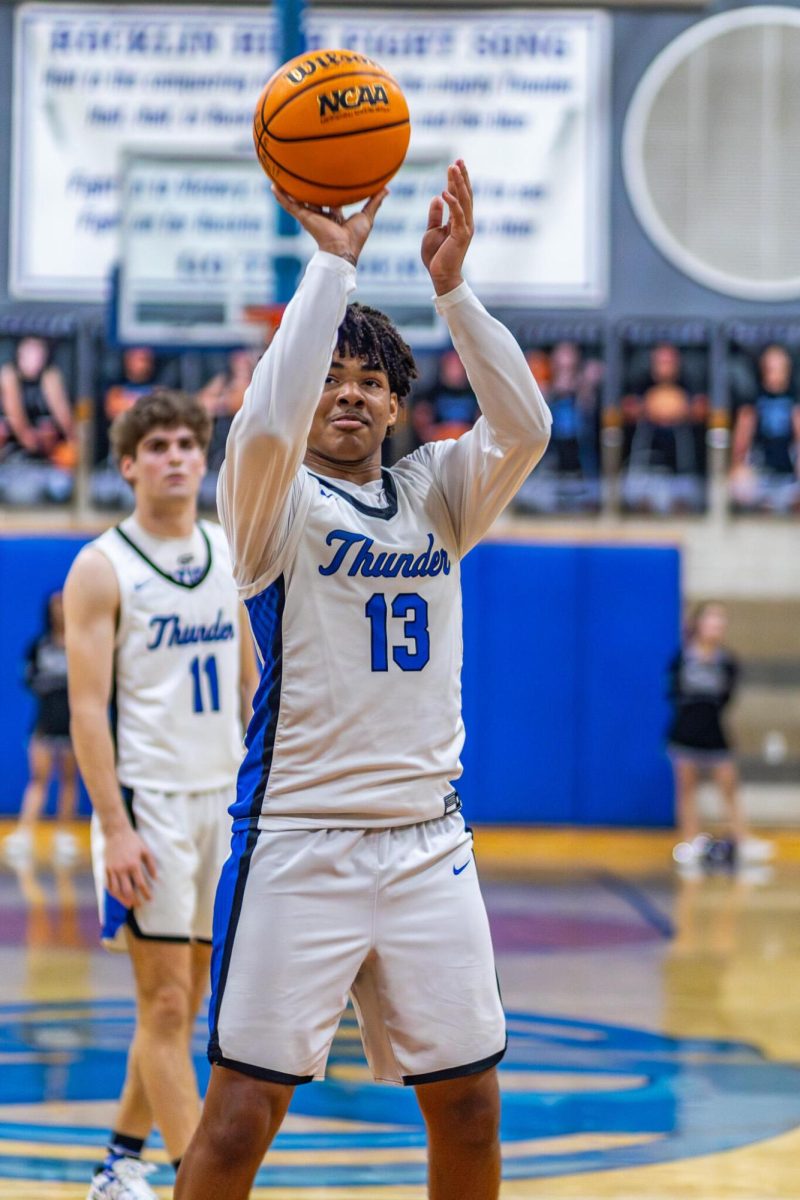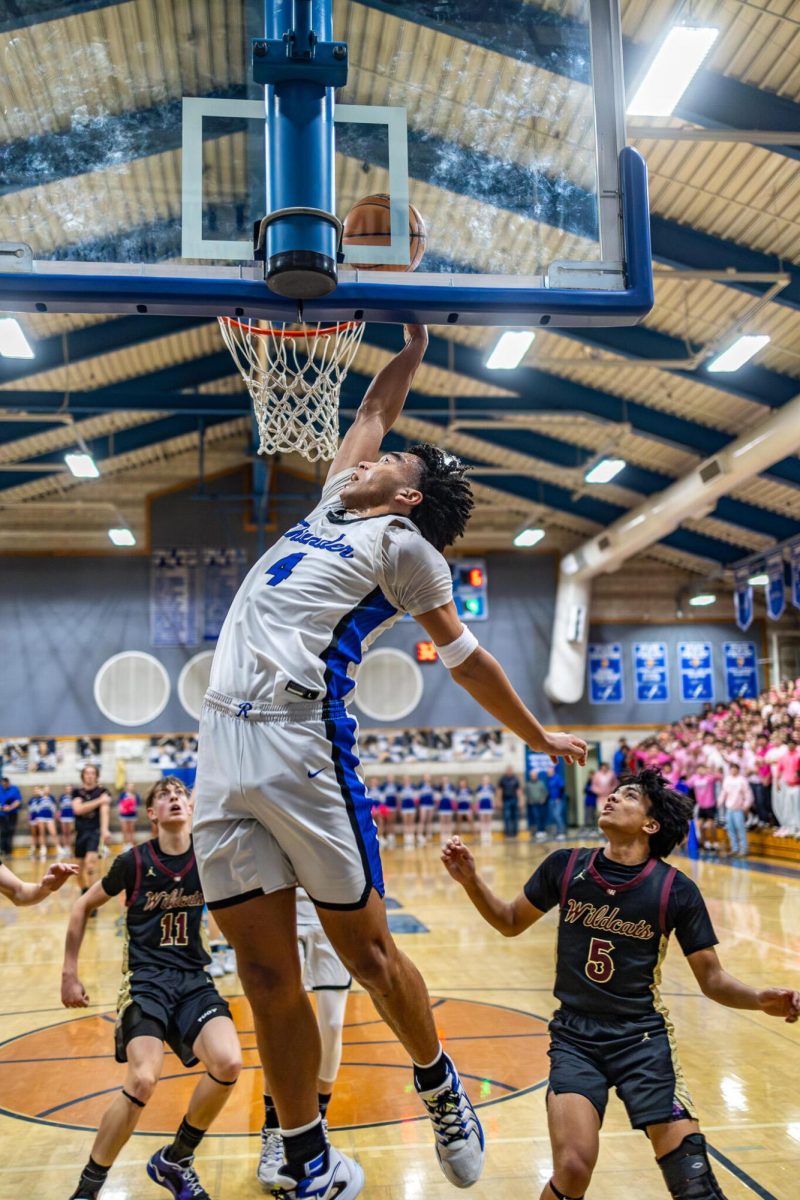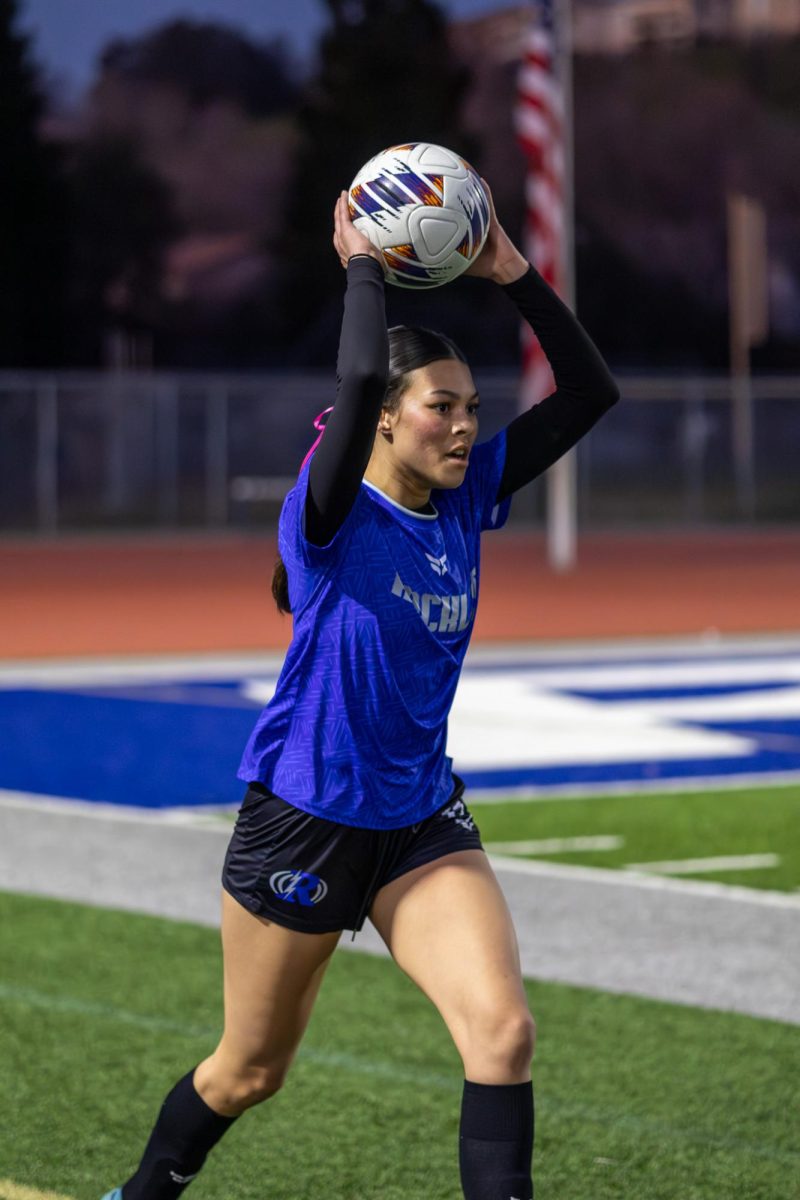How does Lebron James win a championship at 35 and manage to be the oldest NBA player currently in the league?
When training for injury prevention, student athletes often don’t know what is the best use of their time. Rocklin High School (RHS) physical trainer Torey Walter said the best exercises for athletes are “proprioceptive. So I can use shoulders for example, in your normal, everyday life, you own positions, and then there are positions you don’t own. … Most shoulder injuries are when your arms are out to your sides.”
Walter adds that at the next level of play, “athletic trainers in the professional setting can focus more on that like pregame postgame recovery days and just do all kinds of rehabilitation with their injuries to help their athletes heal and recover and return to play faster.”
Matthew Eckman, the head track and field coach at RHS, as well as a former Division I athlete, echoes the importance of the weight room. “The number one reason we weight train in the offseason for whatever sport whether it’s football, track and field is firstly to avoid injuries,” he said. But weights aren’t the only way—multi-sport athletes are on the rise. Eckman said, “You know, one of the things about the best athletes I see is that usually track and field is not their only sport. Usually they’re multi-sport athletes.”
“You know, it’s really interesting, because I’ve heard a lot of arguments lately, that by your sophomore or junior years, you’re supposed to pick your one sport you like and then stick with that or something to that effect,” he said. “I think that’s just outlandish because you guys are so young, and you only have four years.”
He’s not the only one. “I think multiple sport athletes are also the best way to go,” Walter said when asked about one mistake that young athletes should avoid. Eckman explained, “You know the 1% better you might get by doing six of offseason training for one sport is not going to improve you the same way that putting you in a new situation, different competitions, different coaching.”
Besides playing more than one sport, recovery and trainers play a large role in an athlete’s success. When asked about how she stays up to date on the latest developments, Walter said, “A lot of that has to do with networking as well. So you’ll see in the medical field that there’s a lot of different things that work, but not every medical professional uses the same technique.” She has learned from being in the industry how to filter information. “In our world of athletics, there’s things that are flashy and new. And when you look at the research, the research is done by that product. So obviously if they’re trying to sell the product, it’s going to be a positive outcome,” she said.
According to a National Basketball Athletic Trainers Association article, some of the Lakers’ best and brightest trainers “have the players hold movements like a defensive stance for long periods of time to get the body used to it. They’ll do it under load, or weight, so that when their players are back on the court, it’s an easy adjustment.”
We can see the benefits of all these things in effect right now with Lebron James’s fourth championship win. He has had some of the most expensive physical therapists staff, as well as being a multi-sport (high school football star) athlete. According to the NBA’s official website, “Only two players have averaged 20 points in a season where they were 39 or older. James turns 39 on Dec. 30.”



